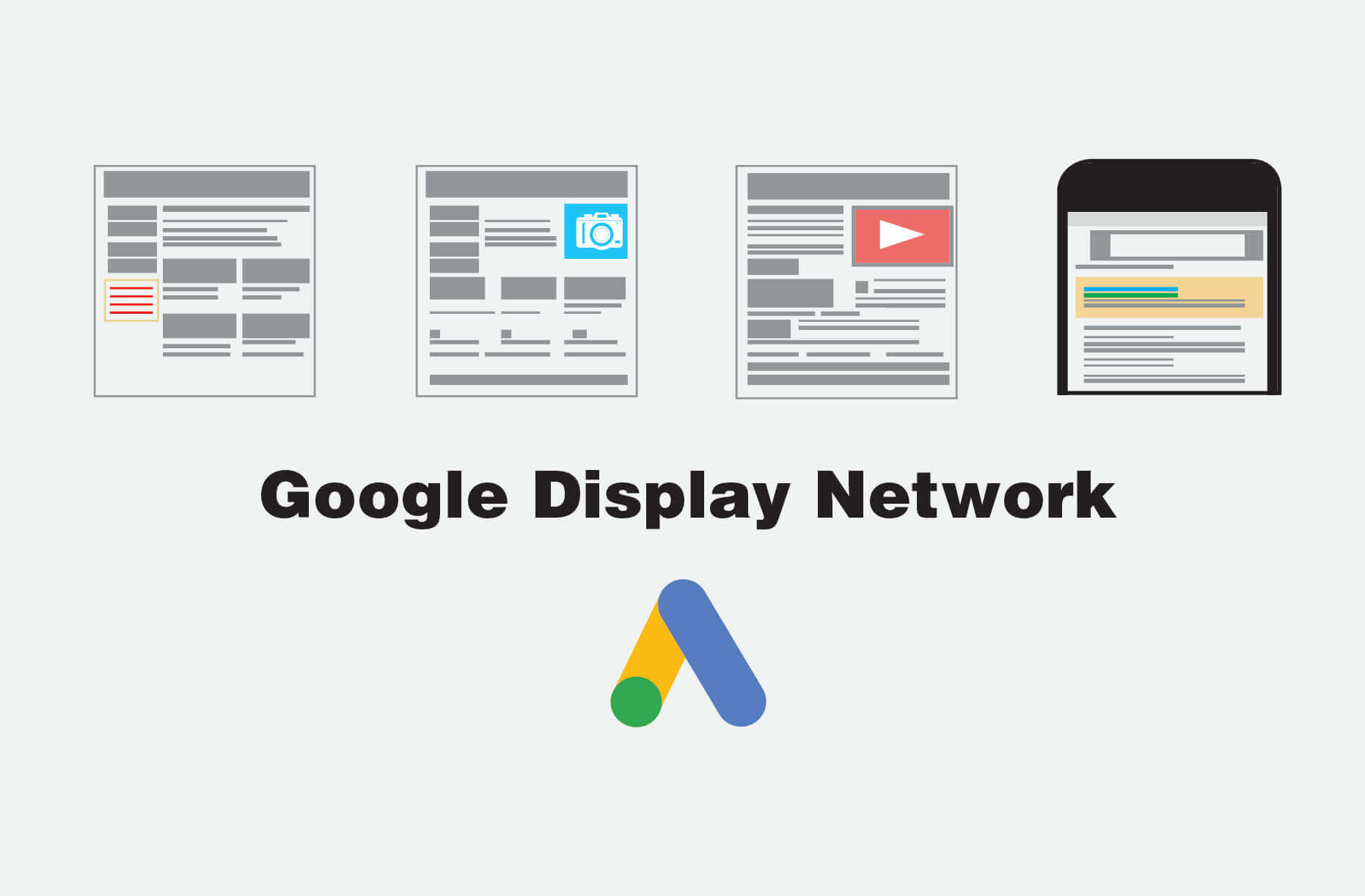When you opt for Google Display Campaigns, you would be able to place your ad on more than two million websites and 650,000 apps within the Google Display Network. This makes it an extremely powerful tool for reaching potential customers as well as a potentially dangerous one.
While search advertising is limited to people actively looking for what you offer, display advertising goes much wider by showing ads to people who could convert but aren’t actively looking. This means that a smaller percentage of users seeing your ad on the display network will be interested and click.
With display advertising you are reaching users higher up on the decision-making funnel, thus they can come at a very low cost per click as they have a lower value. These are users who are not yet aware of a product and need to be informed and then given reason to have a desire for the product. This means that more creativity and thought needs to go into the ad and landing page to take that user from the top of the decision-making funnel to the bottom so that they take action and buy.
This is done with more information. Sometimes product videos can help. Such approaches can turn off search users who are looking for what they want. These users are searching for exactly what they are looking for and thus respond best to clear information that shows them they have found exactly that with a simple path to purchasing it.
Display advertising is a very effective tool to drill your brand and company’s name and image into the minds of the various web users because of Google’s extremely wide reach through its ads. As explained earlier, with pay per click advertising an ad needs to get clicks or else Google penalizes the advertiser with a lower quality score which will limit the ad’s ability to win ad auctions.
Since with branding campaigns, the ad impression is the goal, not clicks, Google gives users that want to run branding campaigns the option to pay per thousand ad impressions not per click with CPM bidding. A branding campaign ad works to reinforce the name and image of known market brands, and until and unless your business falls into this category, the best would be to avoid using these.
Another type of display advertising, that shows your ads to users as they read their email is Gmail campaigns. These campaigns have their own unique targeting ad formats. The same campaign hierarchy that applies to Google search campaigns, applies to campaigns on the Google Display Network. One account can have multiple campaigns, each with their own settings.
Campaigns then contain one or more ad groups which contain targeting that match with ad placements. Ads are then served to users. Unlike search, there are many ad formats that can go into an ad group which aren’t competing with each other for the same targeting.







